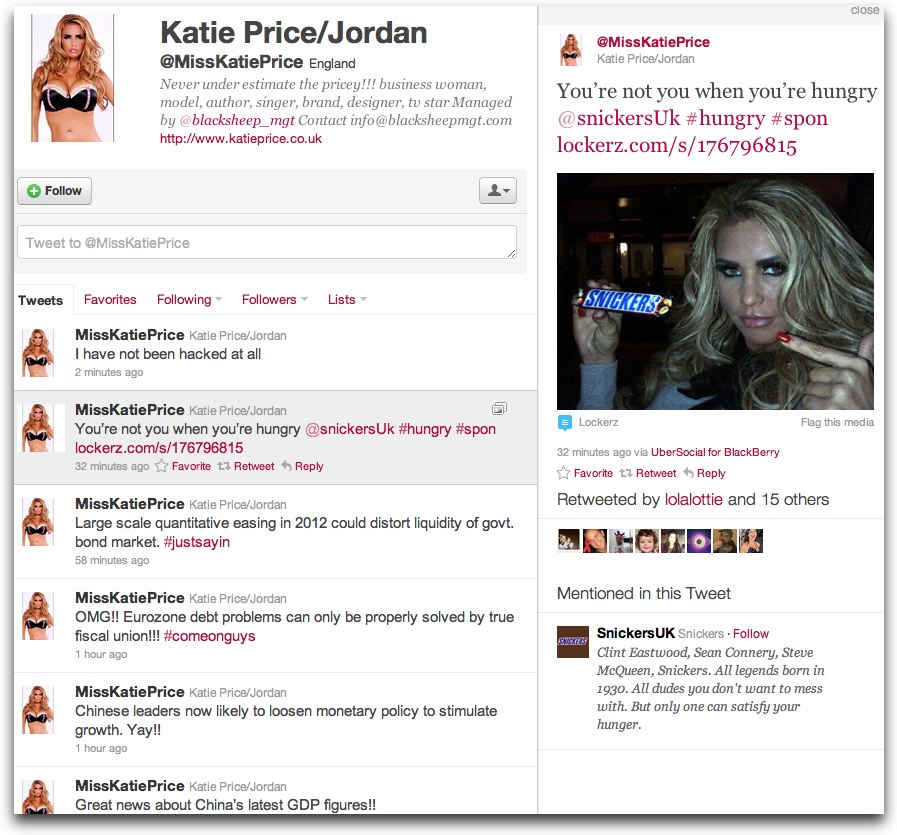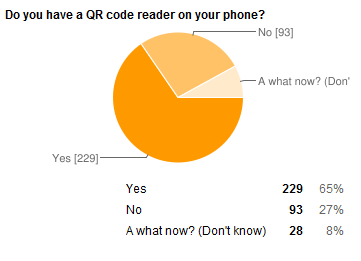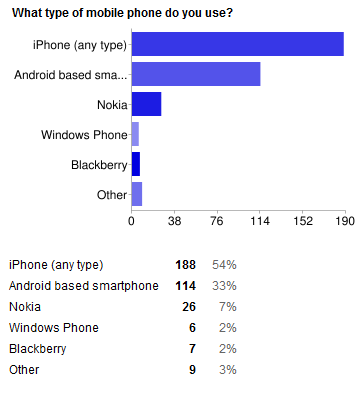Or getting into the Irish Times for 500 euros.
Or doing your own R&D on the cheap.
Ages back on Twitter I remember seeing a teenager talk about the rarity that email was to him. Most of his communications online were around Facebook IM/Messaging. Mix that with various marketing research groups telling us what teens are interested in, without asking them and I thought it might be good to put a survey together. That’s where the Irish Teen Survey of Digital Trends came from.
Firstly, I compiled some ideas/questions I wanted answers for. Then I asked Eleanor, Aidan, Adam and Ian for some feedback on these. They suggested questions to ask, they laughed at some of the notions I had about teenagers and they listed options for some of the multi-choice questions. With that information I then collated the questions and employed someone to put them into some surveying software. I used Surveys.ie by SensorPro for this as I had also worked with them previous to this on surveys.
Next was propagating the survey. Once again I asked teens to send the survey to their friends. To get the survey completed, all those that did the survey were entered into a draw for an iTunes voucher and all those that got a friend to do the survey and their friend mentioned them, were also entered into another iTunes draw.
After the survey was done, results were collated and a summary and press release made. There was converage in the Irish Times, Silicon Republic, I was talking about it on Phantom1052 as well. Lots of coverage on Twitter too.
What does this survey do for Mulley Communications?
- Insight. Seeing what teenagers do online, how they consume content, what and why they pay for items will help the day to day work of the company. Presentations, training sessions and marketing plans will be better as a result.
- Traditional media coverage. While it’s people that are online and connected to me/the company gives us the business, the enforcement of the company being trustworthy to their bosses happens in the Irish Times, Radio 1, the Business Post etc.
- Practice. Being able to ask new questions and create mechanisms to get the answers is good for future projects
- Serendipity. You never know what new products for you or a client could be created from data you collate.
Costs:
Between the vouchers and the work to collate the survey, it cost about 500 euros.
Some lessons learned:
While 101 surveys were completed, there was a very large rate of those who never completed the surveys. Too many questions. Next time I might split the survey in two with maximum 20 questions, if even that. Also, have a few publications in mind for each survey, perhaps offer sections of the survey to each publication. Sample size is low too. Shorter surveys would almost double the numbers. Widen out the survey to rely less on people that receive this from friends on Facebook or Twitter.
This survey follows on from our Facebook eyetracking survey, Google eyetracking survey and iPhone survey.



